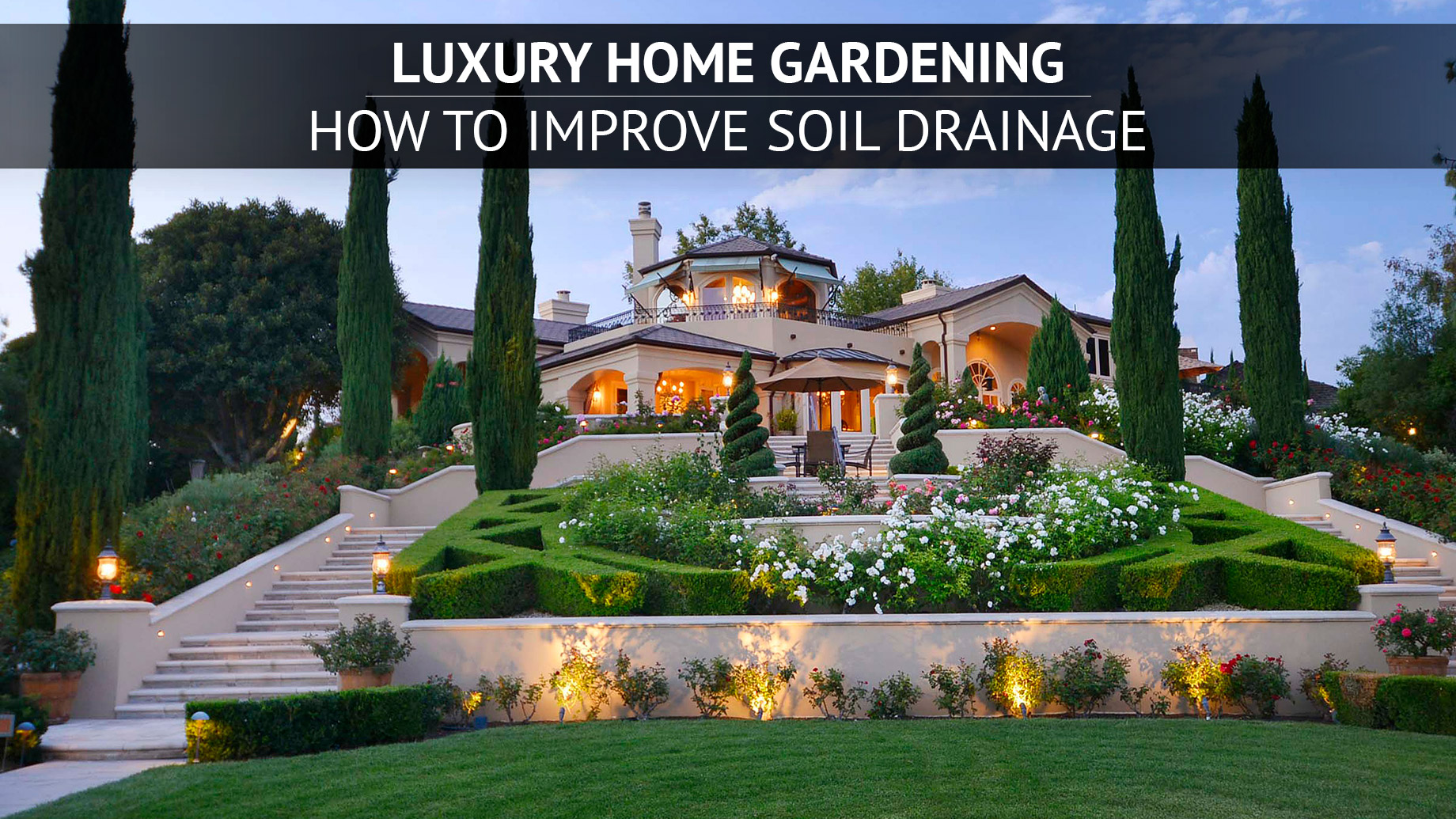
As a luxury homeowner, you take pride in cultivating a stunning garden that enhances the beauty and value of your property. One crucial aspect of maintaining a thriving garden is ensuring proper soil drainage. Poor drainage can lead to a host of problems, including root rot, fungal growth, and nutrient deficiencies. In this article, we’ll explore soil types, common drainage issues, effective improvement techniques, and plants that thrive in well-draining soil.
Understanding Soil Types
The first step in improving soil drainage is to identify your soil type. The three main soil types are:
- Sandy soil: This type of soil has large particles and allows water to drain quickly, often leading to nutrient leaching.
- Clay soil: With its fine particles, clay soil retains water and can easily become waterlogged, causing poor drainage.
- Loamy soil: The ideal soil type, loamy soil, has a balanced mixture of sand, silt, and clay, providing good drainage and nutrient retention.
Common Drainage Problems
Poor soil drainage can manifest in various ways, such as:
- Pooling water on the soil surface after rain or irrigation
- Constantly wet or soggy soil
- Yellowing leaves or stunted plant growth
- Fungal growth or disease on plants
Effective Improvement Techniques
To enhance soil drainage in your luxury garden, consider the following techniques:
- Amending soil: Incorporate organic matter, such as compost or well-rotted manure, to improve soil structure and drainage in clay soils.
- Raised beds: Create raised garden beds to promote better drainage and prevent waterlogging.
- Grading: Ensure that your garden slopes away from your home’s foundation to prevent water from pooling near the structure.
- Subsurface drainage: Install perforated pipes or a French drain system to redirect excess water away from poorly draining areas.
- Aeration: Regularly aerate your lawn and garden beds to improve soil structure and promote better drainage.
Plants That Require Good Drainage
When selecting plants for your luxury garden, choose species that thrive in well-draining soil. Some excellent options include:
- Lavender
- Rosemary
- Sage
- Succulents
- Ornamental grasses
- Mediterranean herbs
By opting for plants that naturally prefer well-draining soil, you’ll create a beautiful and low-maintenance garden that complements your luxury home.Improving soil drainage is essential for creating a stunning and healthy garden that enhances your luxury property. By understanding your soil type, identifying drainage problems, implementing effective improvement techniques, and selecting plants that thrive in well-draining soil, you’ll be well on your way to cultivating an enviable outdoor oasis.